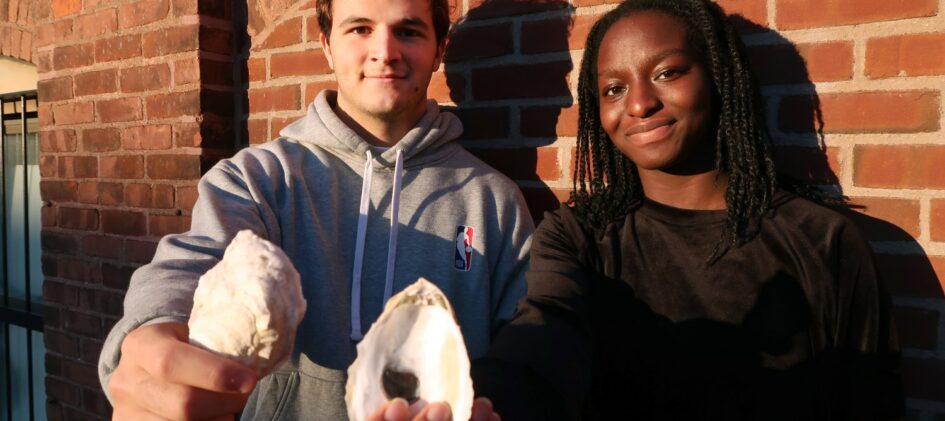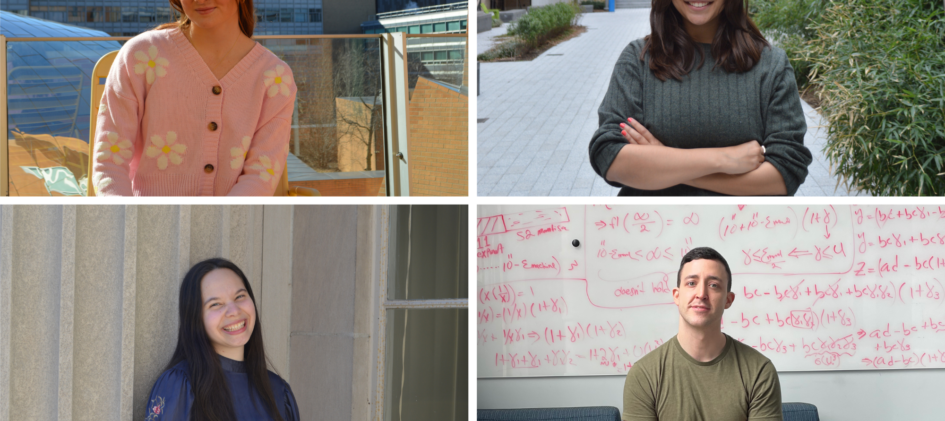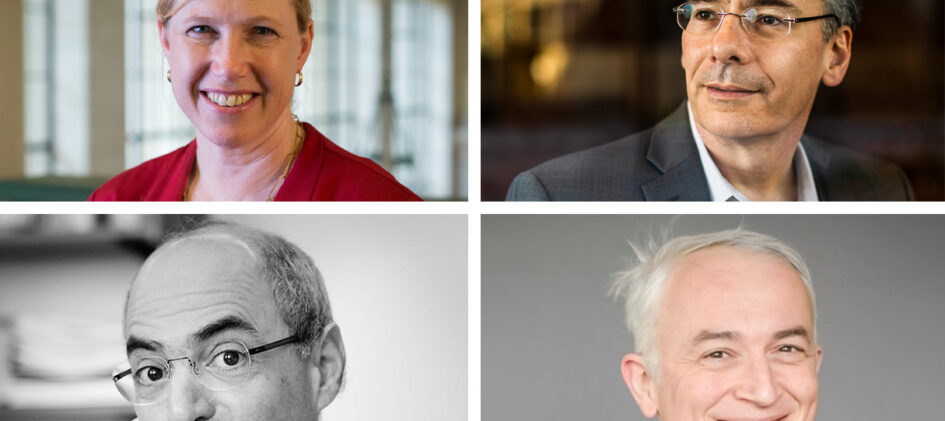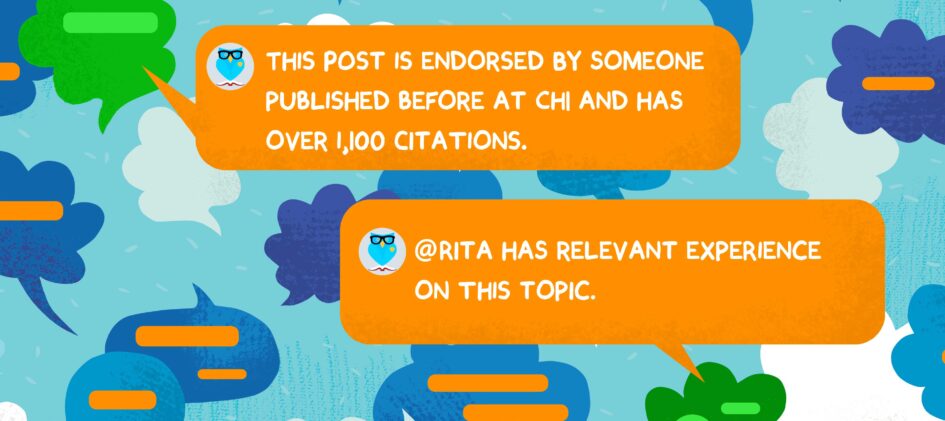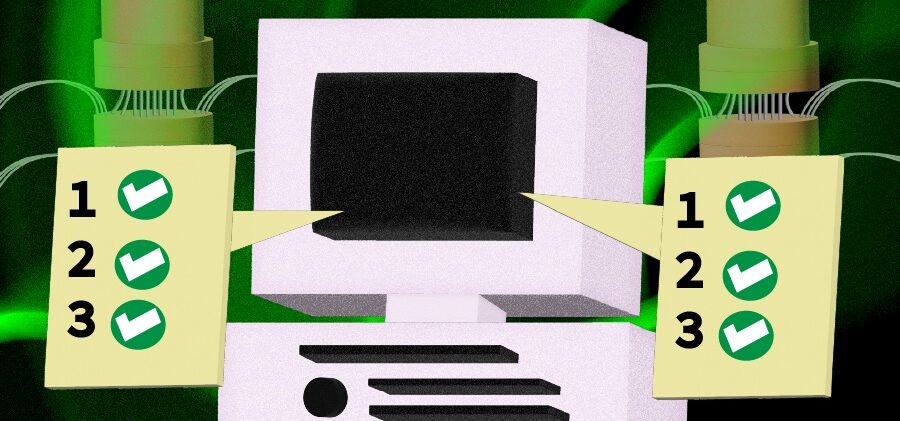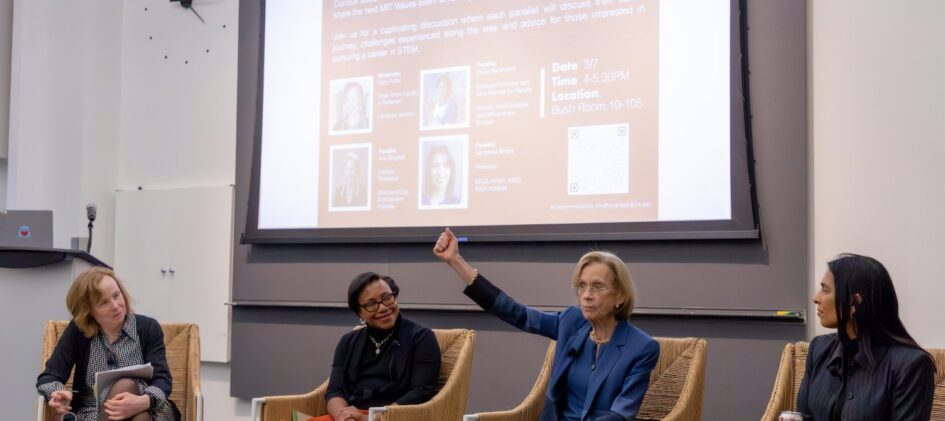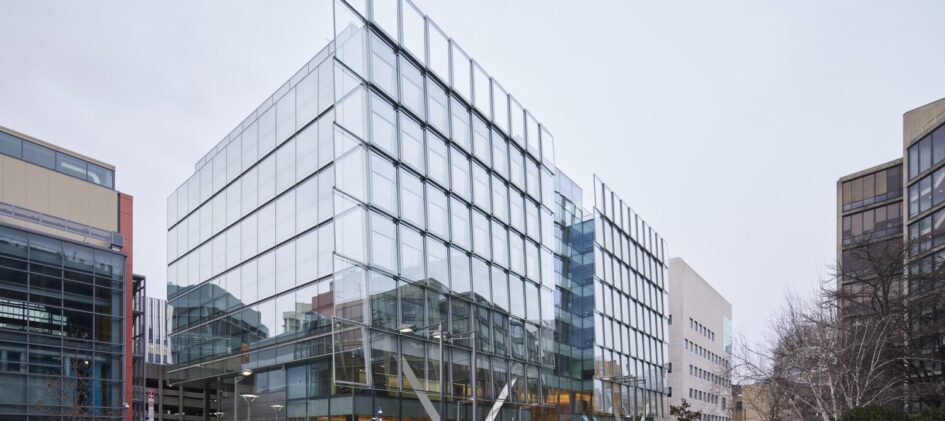On April 18, the World Health Organization (WHO) released new guidance on airborne disease transmission that seeks to create a consensus around the terminology used to describe the transmission of infectious pathogens through the air. Lydia Bourouiba, the director of the MIT Fluid Dynamics of Disease Transmission Laboratory and the Fluids and Health Network, an […]
Read More
















